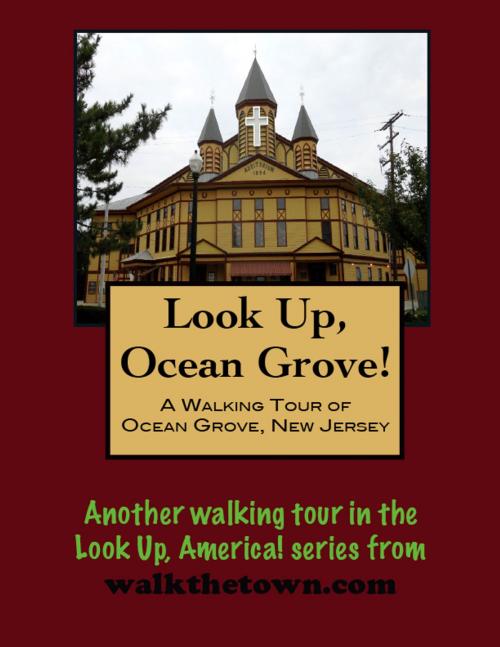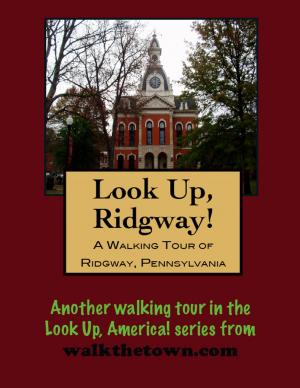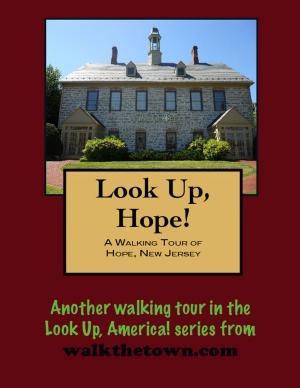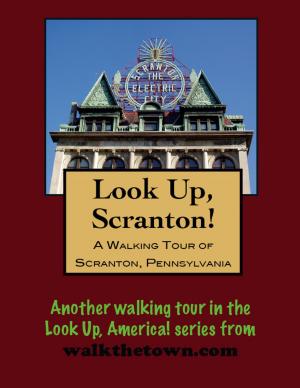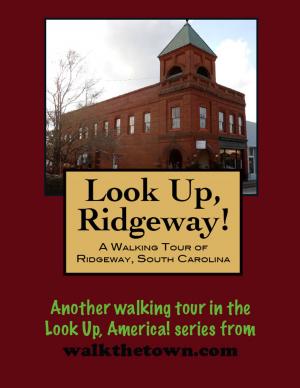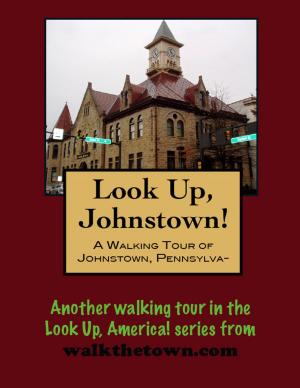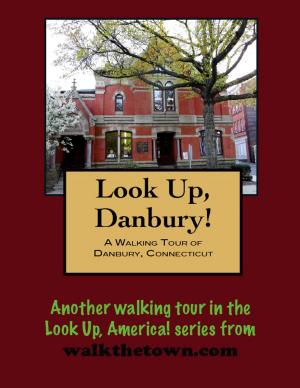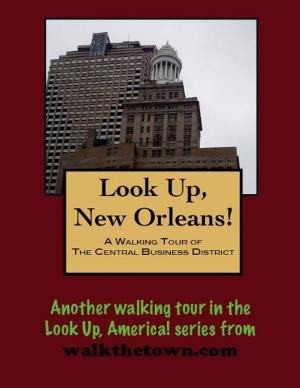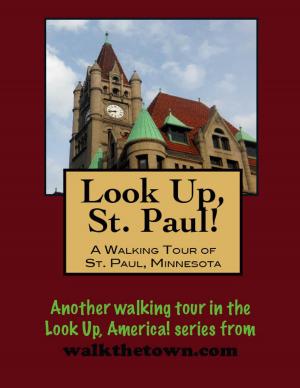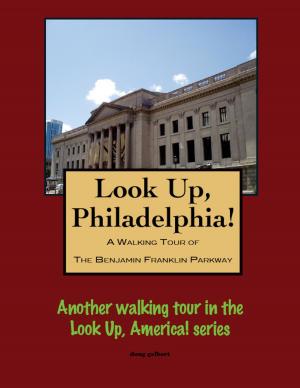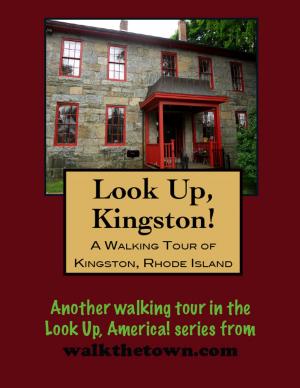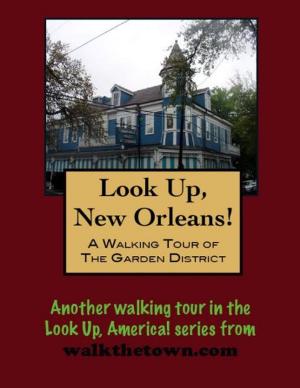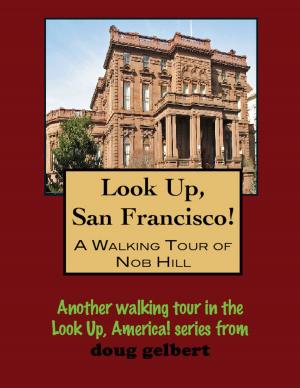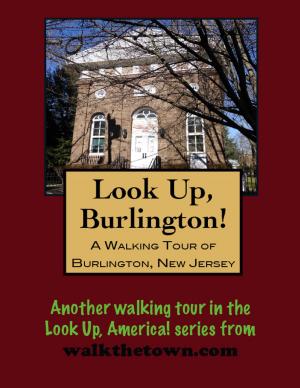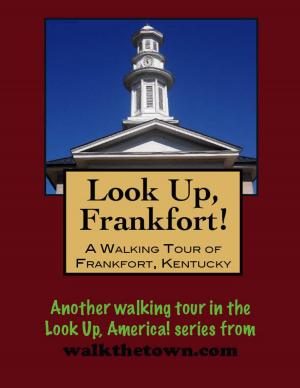| Author: | Doug Gelbert | ISBN: | 9781458045959 |
| Publisher: | Doug Gelbert | Publication: | March 3, 2011 |
| Imprint: | Smashwords Edition | Language: | English |
| Author: | Doug Gelbert |
| ISBN: | 9781458045959 |
| Publisher: | Doug Gelbert |
| Publication: | March 3, 2011 |
| Imprint: | Smashwords Edition |
| Language: | English |
There is no better way to see America than on foot. And there is no better way to appreciate what you are looking at than with a walking tour. This walking tour of Ocean Grove, New Jersey is ready to explore when you are. Each walking tour describes historical, architectural landmarks, cultural sites and ecclesiastic touchstones and provides step-by-step directions.
Every tour also includes a quick primer on identifying architectural styles seen on American streets.
Religious camp meetings, often led by Methodists, can find their roots in America as far back as 1799 but the movement really exploded after the Civil War. In the 1860s East Coast beaches were not vacation havens but generally regarded as bug-infested wastelands. At the time only four residents were living between Long Pond and Goose Pond, now known as Wesley Lake and Fletcher Lake respectively. Only a single sand road penetrated the dense forest, scarcely wide enough for a horse and buggy to squeeze through. So when the Reverend William B. Osborn of Farmingdale went scouring the Jersey shore for a place for a new camp meeting in 1869 he found abundant cheap land here (his 11-acre deed would cost $50) - and precious few mosquitoes. One other thing he was looking for was pine trees in which to build the camp for the annual prayer meeting.
With easy access from Philadelphia and New York City via the New York and Long Branch Railroad, the Ocean Grove camp meeting proved an immediate hit. The 1874 meeting attracted 40,000 people. Records indicate that in 1877 alone, 710,000 tickets were sold for the Ocean Grove-Asbury Park train station. In a generation the town went from a population of four to a fully developed community that was known as the “Queen of the Victorian Methodist Camp Meetings.”
The Camp Meeting Association owns all the land in town and leases it to homeowners and businesses for 99-year renewable terms. Until 1981, when it was folded into Neptune Township, the Association also wrote the rules of Ocean Grove. Among its requirements were strict blue laws prohibiting business and banning all driving on the streets on Sundays. This certainly put a crimp on the summer exodus from the cities that was inundating the shore in the age of the automobile. The town crept sleepily along without much change from its founding a century before. The result is that Ocean Grove now boasts the greatest number of Victorian structures in New Jersey.
Our walking tour will begin where the founders prayed in February 1869, although hopefully not in knee-high snow as covered the ground when Reverend Osborn first visited...
There is no better way to see America than on foot. And there is no better way to appreciate what you are looking at than with a walking tour. This walking tour of Ocean Grove, New Jersey is ready to explore when you are. Each walking tour describes historical, architectural landmarks, cultural sites and ecclesiastic touchstones and provides step-by-step directions.
Every tour also includes a quick primer on identifying architectural styles seen on American streets.
Religious camp meetings, often led by Methodists, can find their roots in America as far back as 1799 but the movement really exploded after the Civil War. In the 1860s East Coast beaches were not vacation havens but generally regarded as bug-infested wastelands. At the time only four residents were living between Long Pond and Goose Pond, now known as Wesley Lake and Fletcher Lake respectively. Only a single sand road penetrated the dense forest, scarcely wide enough for a horse and buggy to squeeze through. So when the Reverend William B. Osborn of Farmingdale went scouring the Jersey shore for a place for a new camp meeting in 1869 he found abundant cheap land here (his 11-acre deed would cost $50) - and precious few mosquitoes. One other thing he was looking for was pine trees in which to build the camp for the annual prayer meeting.
With easy access from Philadelphia and New York City via the New York and Long Branch Railroad, the Ocean Grove camp meeting proved an immediate hit. The 1874 meeting attracted 40,000 people. Records indicate that in 1877 alone, 710,000 tickets were sold for the Ocean Grove-Asbury Park train station. In a generation the town went from a population of four to a fully developed community that was known as the “Queen of the Victorian Methodist Camp Meetings.”
The Camp Meeting Association owns all the land in town and leases it to homeowners and businesses for 99-year renewable terms. Until 1981, when it was folded into Neptune Township, the Association also wrote the rules of Ocean Grove. Among its requirements were strict blue laws prohibiting business and banning all driving on the streets on Sundays. This certainly put a crimp on the summer exodus from the cities that was inundating the shore in the age of the automobile. The town crept sleepily along without much change from its founding a century before. The result is that Ocean Grove now boasts the greatest number of Victorian structures in New Jersey.
Our walking tour will begin where the founders prayed in February 1869, although hopefully not in knee-high snow as covered the ground when Reverend Osborn first visited...
